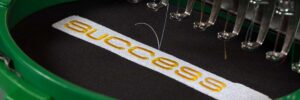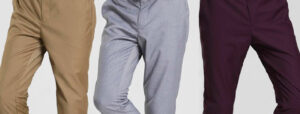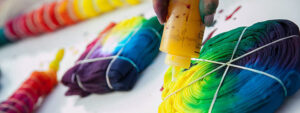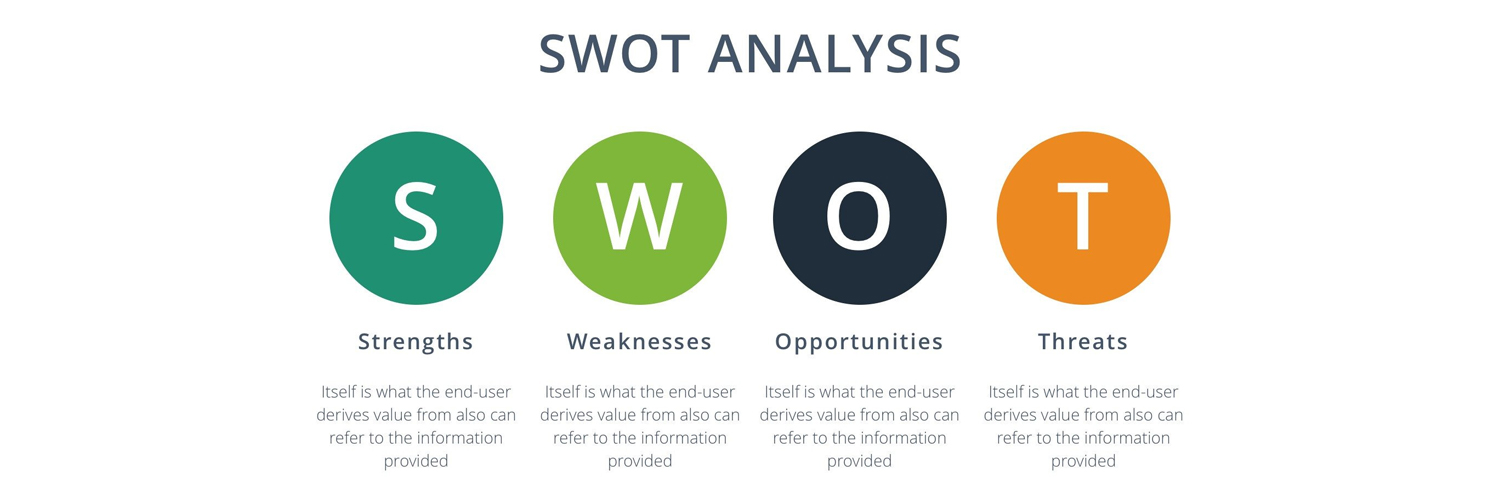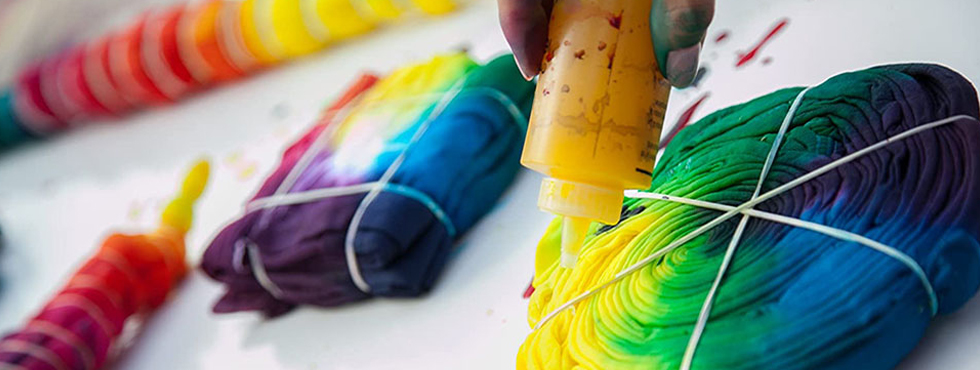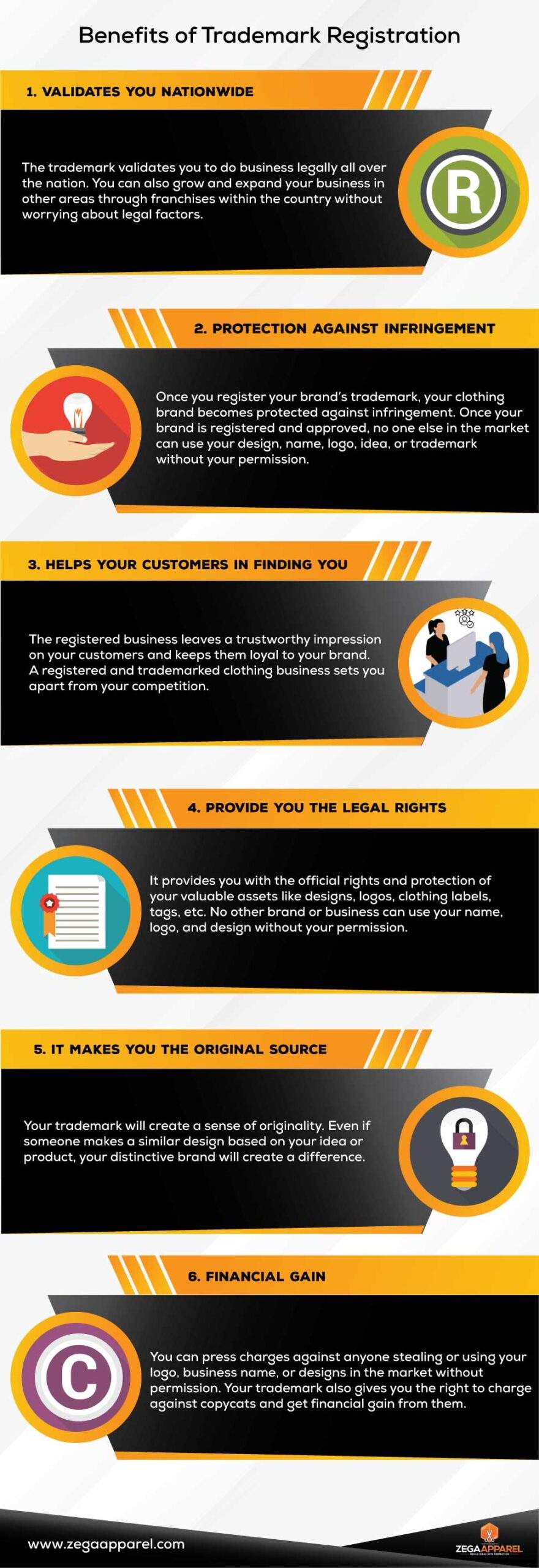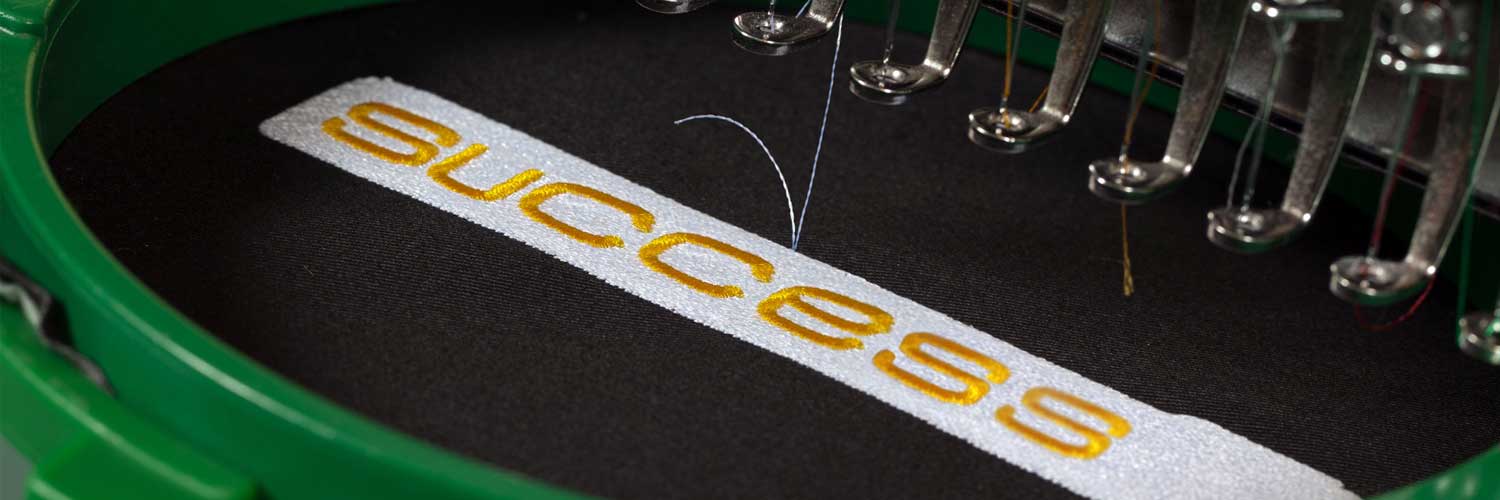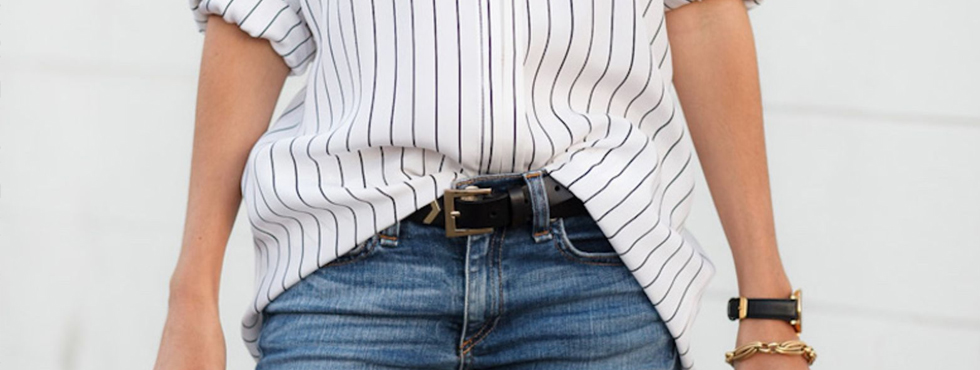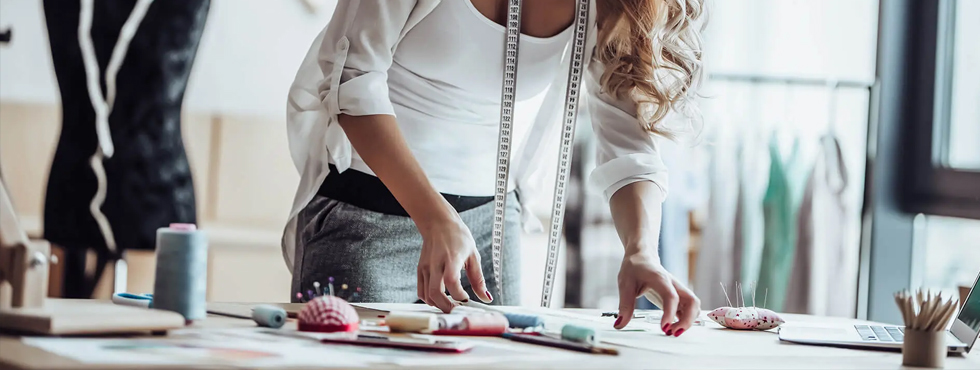In the Apparel production, Sampling is an essential element that plays an important role in attracting buyers. It’s a trait of consumers that if they are satisfied with the garment samples, they are more likely to place an order. Moreover, from the buyer’s point of view, to ensure the quality of fabric coming from the supply chain, the buyers ensure that the products meet the requirements, designs, and materials quality and fit the criteria ordered by brands.
The buyers and manufacturers stay connected to the suppliers during every stage, from production to developing a finished product. At several stages of product making, sample development is a crucial element. This sample development is a standard process that is known by different names. Each sample serves as a different objective in several stages of product development.
As mentioned above, there are different types of garment samples. As a clothing sample maker and clothes manufacturer, it is essential to realize the difference between all and the importance of each type of Sampling. Understanding each type can ensure which kind of Sampling works best for you.
Purpose of Garment Sampling
The main objective of garment samples is to satisfy the brand’s idea of having a perfect product according to their needs and specifications. The sample is manufactured in a factory to deliver to the customers or brands so that they can have a good idea about what type of product they are getting in the bulk production.
The tech pack is another graphical file that is sent to you before the production of the garment sample, and this tech pack file contains all the information about the clothing product you are getting. Moreover, when the sample product is delivered to the customer, and they feel like there are some changes customers or brands like, they could inform the manufacturers about the changes.
The changes will be made to the final sample product, right according to the brands and business needs. The garment sampling process helps in avoiding mistakes and hassles.
Before we get to the “Types of garment samples,” let me inform you about another important detail: the stages of garment sampling.
Stages of Garment Sampling
When manufacturing clothes in a room or factory, there are usually 03 stages of product development or sample development. The first phase is the design phase. In this stage, everything from designing to pattern making is checked thoroughly. This brings us to the next step, which is the evaluation phase. In this phase, the Garment is finalized for fittings to predict costs.
This brings us to the next and final step of production. After approval from the sample, the product is sent to production. After the production unit, when the finished product arrives, you will need to recheck the samples and products to ensure the products’ quality and whether it’s according to the requirement.
This sample checking phase ensures that it will not only make your customer happy but also make the brand stand unique because of its high quality and offerings.
Now that we are clear with all the stages of product development, it’s all good to jump to find out the different types of garments samples. Let’s get started:
Different Types of Garment Samples
Several types of Sampling are done during the product development process. Here are all of them listed and defined below:
First Sample/ Proto Sample
This is the first type of sample being developed by the design sketch or by the concept of design known as a proto sample. This sample phase typically includes matching the fabric quality, the fabric type, and the fabric’s weight.
During the proto sample development, the actual fabric that is being used for development is not available. The first sample is made only in one size, and the number of first samples is based on the buyer’s requirements.
The best practice is to develop three samples. Two of them should be sent to the customer to review, The customer should send back 1 sample to the manufacturer, while the 3rd sample could be used as the factory’s counter sample of proto.
If any third party is involved in the manufacturing or sample development process, there should be one more sample.
Fitting Sample
The fitting sample is another important element in the Apparel design. The fitting sample process includes a spec sheet that contains all the measurements and design specifications. This spec sheet is used to develop a fit sample according to the needs and requirements are written on a spec sheet.
As the name tells, the primary purpose of this fitting sample is to see if the fit sample is coming fit over the human model or not. The measurements used over the fit sample are based on the height and requirements from the spec sheets. Likewise, the fitting sample is also developed for the middle size in the first sample. And 2 or 3 fit samples are developed.
Compared to others, the resubmission rate of the fit sample is greater.
Size Set Sample
Size set samples are used to inspect a selection of different size categories. Most commonly developed samples cover small, medium and large size sets according to customer requests for manufacturing purposes.
During this sample development, if the production team finds out that some of the pieces are not giving the correct fit, they make the changes over the pattern grading to make a perfect fit per the requirements.
These samples are made by using the chosen fabric from the customer. An alternative material can be used in case of no availability of actual fabric.
Salesman Sample (SMS)
The SMS or the Salesman sample is manufactured using actual and original fabrics. These samples are developed to display the retail stores. The primary objective of showing the product to the retail store is to forecast sales and order volume. These are also known as marketing samples, as these are displayed to the customers.
The Photo Shoot Sample
As the name tells it already, photo shoot sampling refers to capturing a photo and using it for marketing purposes on billboards or for e-commerce websites to build product catalogs. The photos of the dress are taken over the model or the dress alone. The photoshoot sample is a common practice in fashion samples.
Preproduction Sample
The preproduction samples are made up of using the actual fabrics. These are also known as pp samples manufactured in the factory, and all the samples are developed in the sample room.
The preproduction sample is constructed with all the specifications, design requirements, measurements, embroidery, and other required details. The pp sampling is like a test the factory runs to check if they can proceed with the bulk production only and only if the brand or clients are satisfied with the sample.
Gold Sealed Sample
When the sample is approved for bulk production, it can be called a gold-sealed sample if the buyer has sealed the pp sample. The buyer seals the sample with the help of a color tag that can’t be removed from the sample without damaging it.
A unique code is given to each sample by the buyer to differentiate it from others. The sample is sealed to avoid tampering with the approved sample.
Counter Samples
When creating a sample to send to brands and clients for sample approval, the manufacturer makes two or more additional samples for their reference. These samples are known as counter references. These samples are like the original products that can be used as a reference in case the approved samples are unavailable.
Shipment Sample
The sample ready for shipment is completed with all information like packaging details, measurements, and all the details attached to the sample that will be presented in the stores.
The factory creates 03 pieces for shipment samples, 1 for the buyer, 1 for factory reference, and 1 for the housing merchant.
The factory keeps the sample shipped to the buyer to use as a reference to create bulk production or make changes if a customer wants it.
GPT Sample
GPT stands for Garment’s Performance Test. In this type of Sampling, one of the pieces from the bulk production is picked and sent into the testing lab to test the performance of the Garment. In GPT, the garment performance test has undergone tests like trying strength, seam slippage, button pulling with strength, chemical testing of metals, print quality, and dyeing and printing colors.
The list tests are performed in the lab to test the situation from buyers’ and customers’ points of use. Usually, brands and businesses don’t ask for GPT sample reports. Sometimes they just need reports on some desired parameters.
Development Sample
These are the samples that are made after the bulk production and got the bulk production approved. The first sample, size and fit, is also considered the development sample.
Sealed Sample /Red Tag Sample
The sealed sample and red tag sample are alike. The red tag over the sample products indicates the final product, making it ready to sell after the bulk production. A red tag is applied or attached to the sealed sample.
Digital Garment Sample
Any garment sample that is made over computer software or displays the 3D form of the Garment is known as a digital garment sample. In the digital garment sample, the brand or business can have a direct view and digitally see all the details like fabric fall, pressure points, measurements, and fitting guide.
Technology has advanced to the current levels. For example, most manufacturers use digital garment samples to reduce approval and processing time. In addition, the customer can make changes to the product by adding comments and feedback over the sample displayed on their screen, and users can be considered a physical sample.
Why are garment samples necessary for your clothing line?
With a clothing sample maker, you can ask them to create a sample clothing product for your brand so that you can know whether the sample maker completes your requirements. Or if you’re the sample turns out to be a little different than what you were expecting, then you need to reexamine changing your plan before you approve it for bulk productions.
It’s common to have a different outcome product than what was on your mind and to tackle this situation. You should have a plan in your mind for what adjustments you need to make to create a secure, safe, and durable sample to make it up to your expectations. Moreover, the sample-making process gives you more command over the assembly system or pattern-making style.
Sometimes the sample is faulty, and error is produced from the manufacturer’s end because of miscommunication and misunderstanding. In this case, you must ask the manufacturer to rerun the sample test without errors. Some professional manufacturers admit their mistakes and create a sample for you. But you must be attentive from the first place, so there are fewer chances of errors.
Remember that if you get services from a sample maker, you have full rights to demand changes or alterations unless you feel you are getting the perfect product right as you want.
Conclusion
The sample development requirements depend upon the specification and requirements that the customer wants. The customer’s demands are variable. Some of the customers want fit samples prior to the preproduction sample, while on the other side, some of the designers require SMS (Salesman Sample) rather than photoshoots samples. At the same time, some of the buyers don’t ask for top samples.

